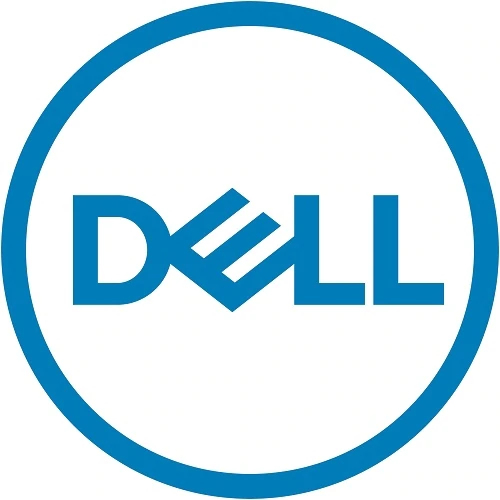APC ACECFR40200SE2 APC ACECFR40200SE2 rack cooling equipment
Active response controlsMonitors and actively adjusts cooling capacity to ensure proper server inlet temperatures. Through the microprocessor controller, visibility into the operation and health of the unit is provided.Total Cost of OwnershipEconomizationAchieved by utilizing cool ambient air during winter months to take advantage of economizer hours and eliminating compressor operation.Indirect Heat ExchangeA polymer heat exchanger allows the data center and outside airstreams to remain separated, thereby preventing contamination and humidity influences to the data center airstream.Zero White SpaceAll cooling equipment is placed outside the data center, allowing for valuable white space to be fully utilized for IT equipment.Variable speed fansVariable speed fans reduce energy consumption during off-peak cooling periods.Supplemental Mechanical CoolingProvides extra capacity to augment economization, extending annual hours of energy savings.AvailabilityActive response controlsMonitors and actively adjusts cooling capacity to ensure proper server inlet temperatures. Through the microprocessor controller, visibility into the operation and health of the unit is provided.Redundant ComponentsSingle points of failure in the system have redundant compononents to maintain availability and reliability.EconomyGreen RefrigerantEnvironmentally friendly refrigerant that can offer LEED points.Pulse Powered Water Treatment SystemEliminates the use of chemicals in the system, allowing the water to be re-used or drained without harming the environment.AgilityPre-engineered systemAllows for fast design and installationScalable DesignModular design provides scalable solutions to add cooling as demand increases.ServiceabilityOperational ServiceAllows critical components to be maintained/replaced while the system is in operation.Easy service accessAllows for all serviceable components to be replaced/maintained by easily accessible panels/doors.
DELL 412-AALK DELL 412-AALK computer cooling system part/accessory Radiator block
The various components of a computer system such as the chipset, the graphics card and the hard drive can produce a large amount of heat while operating. This large amount of heat may be harmful for the proper functioning of the system. The heat sinks and the fans are responsible for dissipating this heat and maintaining the safe temperature limits.The most important factor which determines the selection of Heatsink Assembly is the processor type and its speed. Different processors have different operating temperatures. Higher the speed of the processor, the better the heat sink and fan need to be. Similarly, the type of processor also determines what heat sink would go with it. The chassis type is also important as it defines the housing of the heat sink assembly and compatibility with the system.In order to buy the right heat sink / fan for your system, we recommend that you use the Service Tag look up feature in the Parts For Your Dell™ tool. This will allow us to identify the processor type and speed of your system and select compatible Heat Sink products for it.Please note that some of our replacement products are provided as kits or assemblies. These kits may contain additional parts required for installation; these parts will be listed separately as 'Component Parts' in the Highlights section of this page. In case a product is not sold as a kit or assembly, it may require complementary parts for ease of installation.
DELL 770-BBGY DELL 770-BBGY rack accessory Rack rail kit
The ReadyRails static rail kit for 1U Systems provides tool-less support for 4-post racks with square or unthreaded round mounting holes including all generations of Dell racks. It also supports tooled mounting in 4-post threaded racks and 2-post (Telco) racks for added versatility.
Get a Quote
Item(s) added to cart
Netgear GS105E-200NAS ProSafe Plus Switch, 5-Port Gigabit Ethernet - 5 Ports - 2 Layer Supported - Wall Mountable - Lifetime Limited Warranty-None Listed Compliance
MFR: Netgear, Inc
Qty: 1
Part #: GS105NA










